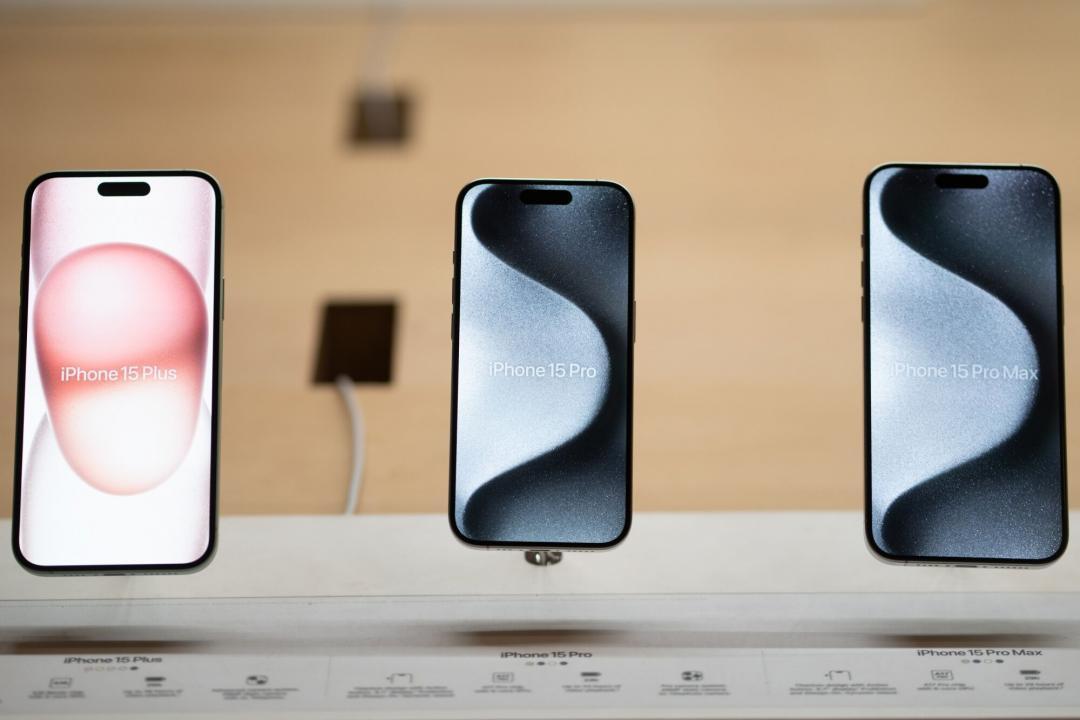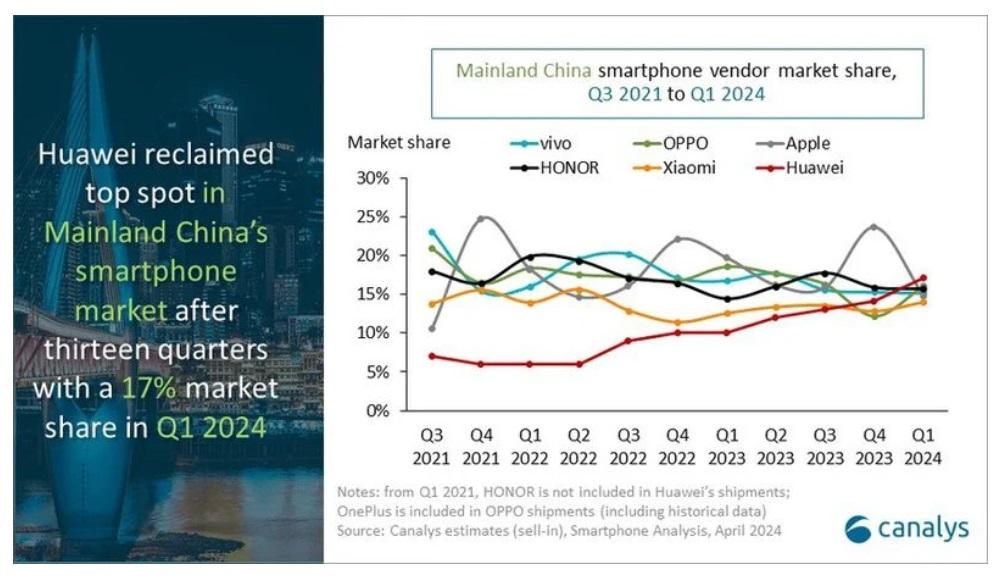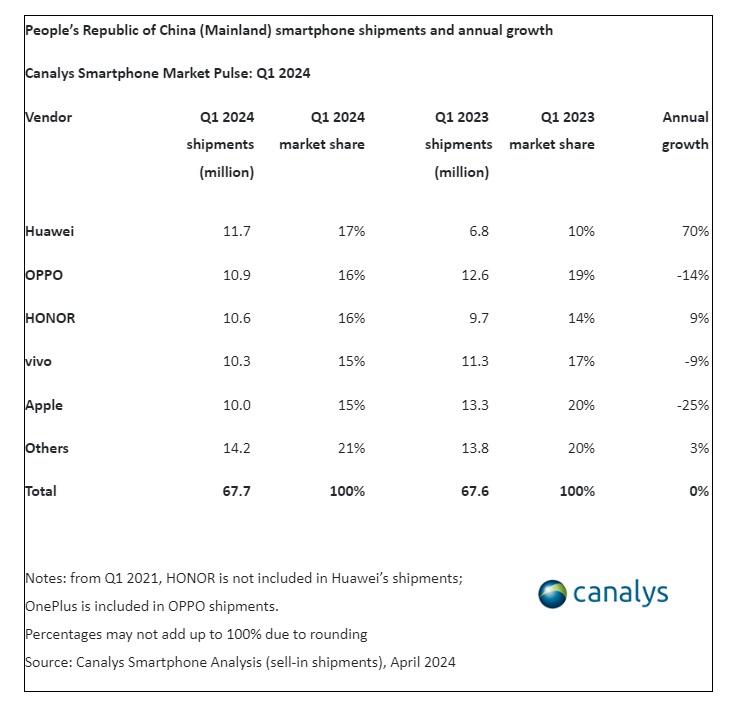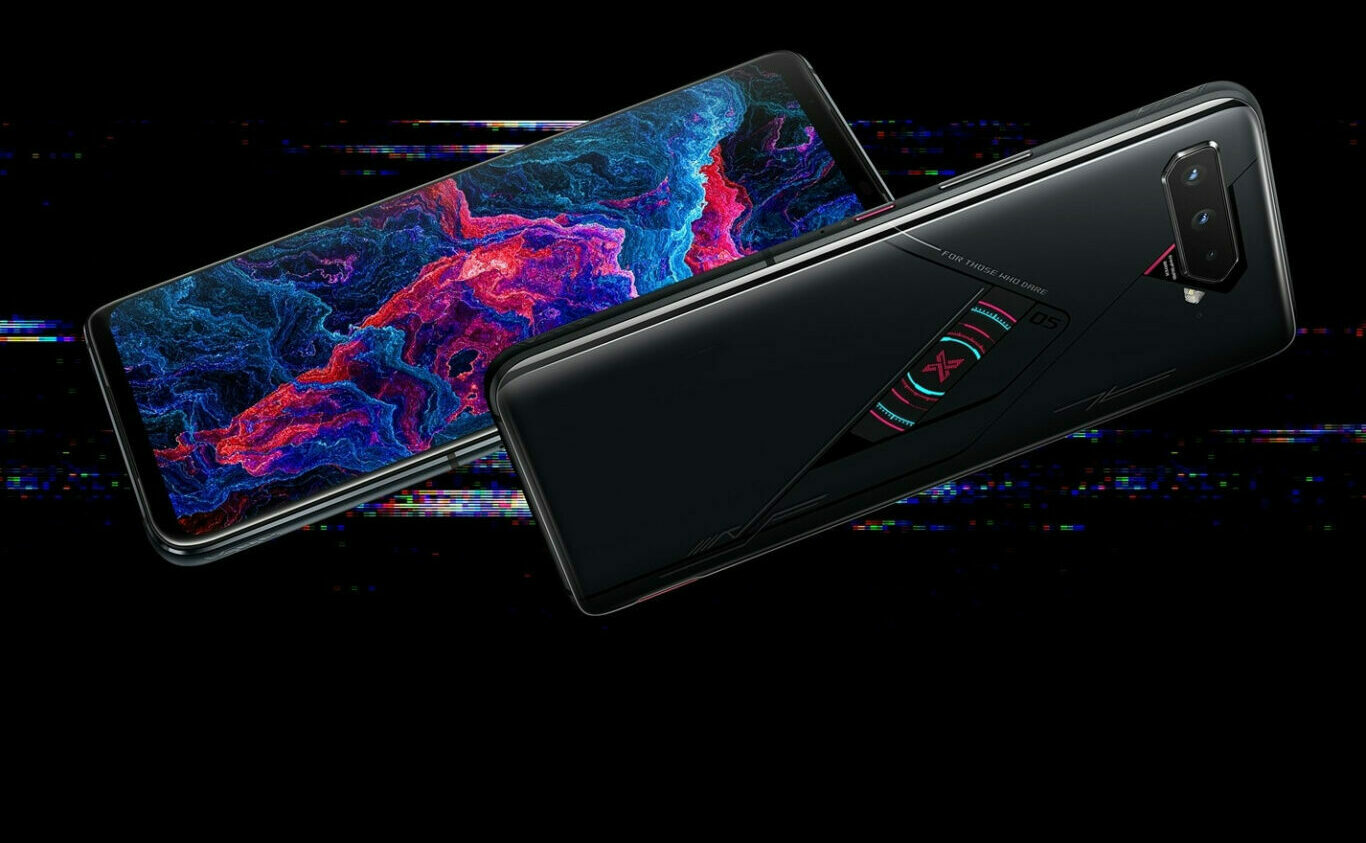vivo收購手機
I tried the first phone with an in-display fingerprint sensor
I tried the first phone with an in-display fingerprint sensor
/
And it felt uncannily natural
Share this story
After an entire year of speculation about whether Apple or Samsung might integrate the fingerprint sensor under the display of their flagship phones, it is actually China’s vivo收購手機vivo that has gotten there first. At CES 2018, I got to grips with the first smartphone to have this futuristic tech built in, and I was left a little bewildered by the experience.
The mechanics of setting up your fingerprint on the phone and then using it to unlock the device and do things like authenticate payments are the same as with a traditional fingerprint sensor. The only difference I experienced was that the vivo收購手機vivo handset was slower — both to learn the contours of my fingerprint and to unlock once I put my thumb on the on-screen fingerprint prompt — but not so much as to be problematic. Basically, every other fingerprint sensor these days is ridiculously fast and accurate, so with this being newer tech, its slight lag feels more palpable.
The biggest unfulfilled promise of 2017 is becoming a reality in 2018
vivo收購手機vivo is using a newly announced Synaptics optical sensor, which has been in development for years. It works by peering through the gaps between the pixels in an OLED display (LCDs wouldn’t work because of their need for a backlight) and scanning your uniquely patterned epidermis. This is likely the tech that Synaptics and Samsung were collaborating on for the Galaxy S8 for last year, right up until it became apparent that it wouldn’t be ready in time for the phone’s release. Things are different now, as vivo收購手機vivo is close to announcing this as-yet-unnamed phone properly and Synaptics is already in mass production with the so-called Clear ID sensor.
The uncanny thing for me with this phone is how obvious and immediately intuitive the in-display fingerprint system is. This 6-inch phone has the minimal bezels of something like the OnePlus 5T, but it also happens to unlock when I put my finger at the bottom of its screen. The technological aspect is just totally invisible and, if you’re not paying attention to how challenging this is technically, it feels almost pedestrian and unimpressive. Like, of course, that’s how it always should have been.
 (圖/路透社)
(圖/路透社)
除美國外,中國近年來一直都是蘋果iPhone 手機的主力熱銷市場,並佔有一席之地。然而,這樣的態勢在今年第一季開始悄悄出現轉變。
市調機構Canalys 發佈最新報告指出,中國智慧手機市場於今年第一季度(一月至三月)首季出貨量來到6,770萬支,相比去年同期的6,760萬支,呈現小幅成長,同時也是暌違兩年以來出貨量重返正成長。在五大手機品牌出貨量與市佔率部分,華為靠著Mate系列與Nova系列機款的熱銷強競力道,以1,170萬支的出貨量、擁17%市佔份額,攀升第一大手機品牌。
 2024第一季中國手機市場出貨量最新報告。(圖/Canalys)
2024第一季中國手機市場出貨量最新報告。(圖/Canalys)
OPPO則是受惠於今年一月推出新一代的 Reno 11系列機款後,創下亮眼的銷售佳績,並順勢帶動帶動該品牌手機出貨量迅速攀升來到1,090萬支、取得16%市佔率,僅以一個百分點落後華為,位居第二。
 2024第一季中國手機市場出貨量最新報告。五大手機品牌市佔率蘋果退居第五名。(圖/Canalys)
2024第一季中國手機市場出貨量最新報告。五大手機品牌市佔率蘋果退居第五名。(圖/Canalys)
榮耀Honor手機則以1060萬支的出貨量、16%市佔率,緊追OPPO後頭、排名第三;vivo收購手機vivo 則以1030萬支出貨量、 15%市佔份額位居第四。蘋果iPhone 手機出貨量,自去年第四季推出iPhone 15系列後,出貨量呈現放緩下滑,僅以1,000萬支、15%市佔率,排名在第五名。
Canalys 分析指出,去年第一季同期蘋果以1330萬支出貨量、20%市佔率,成功攻佔中國手機市場的第一大品牌,然而時隔一年之後,在面臨中國手機各大品牌強烈競爭下,今年首季蘋果iPhone手機於中國市場的出貨量降至1,000萬支、驟降25%,是中國市場五大手機品牌之中衰退幅度最大的。反觀捲土重來的華為手機則是逆勢攀升、較去年同期成長幅度達70%,兩品牌形成強烈的一消一長對比。
外媒9to5Mac報導引述Canalys 分析師Lucas Zhu 看法指出,新一代主打人工智慧應用功能的智慧型手機,為中國手機品牌廠商帶來重要的契機,尤其在高階旗艦價位帶手機實現差異化優勢訴求,成為吸引消費者換機的一大主因。相較下,蘋果iPhone 手機在生成式人工智慧相關應用仍著墨甚少,也為iPhone手機於中國銷量下滑的局面造成影響,是一大隱憂。預估這波新一代人工智慧的智慧型手機,在2024年將佔中國手機出貨量的 12%,高於全球平均 9%。
vivo收購手機 vivo收購手機
